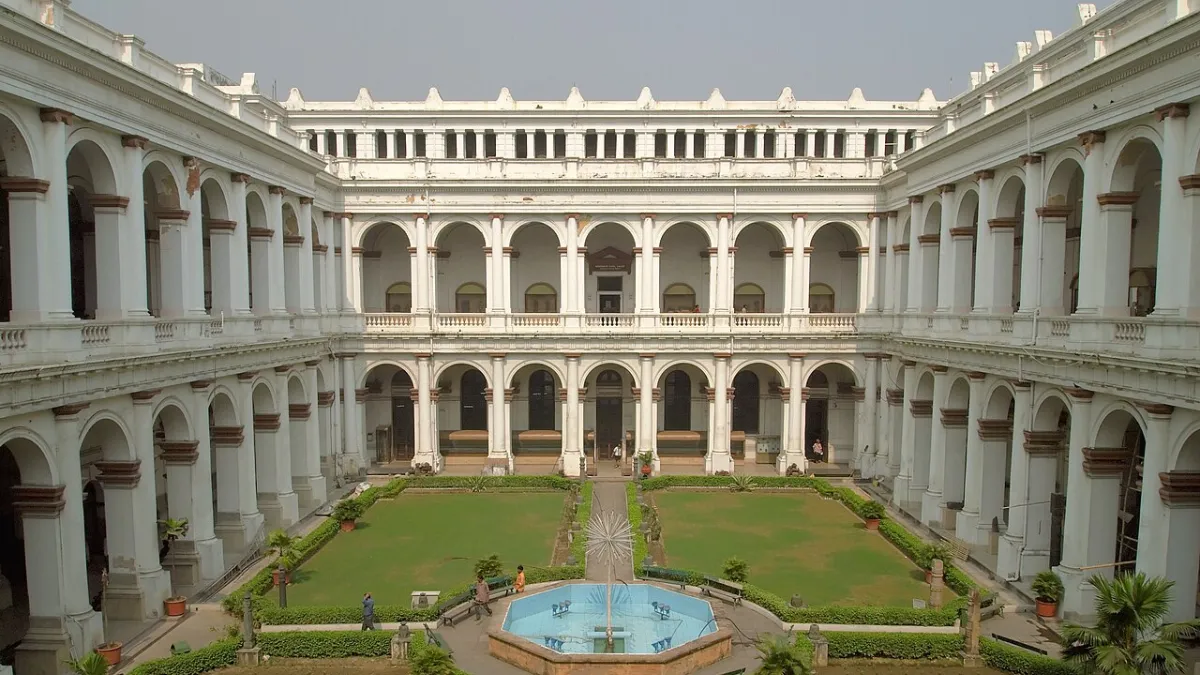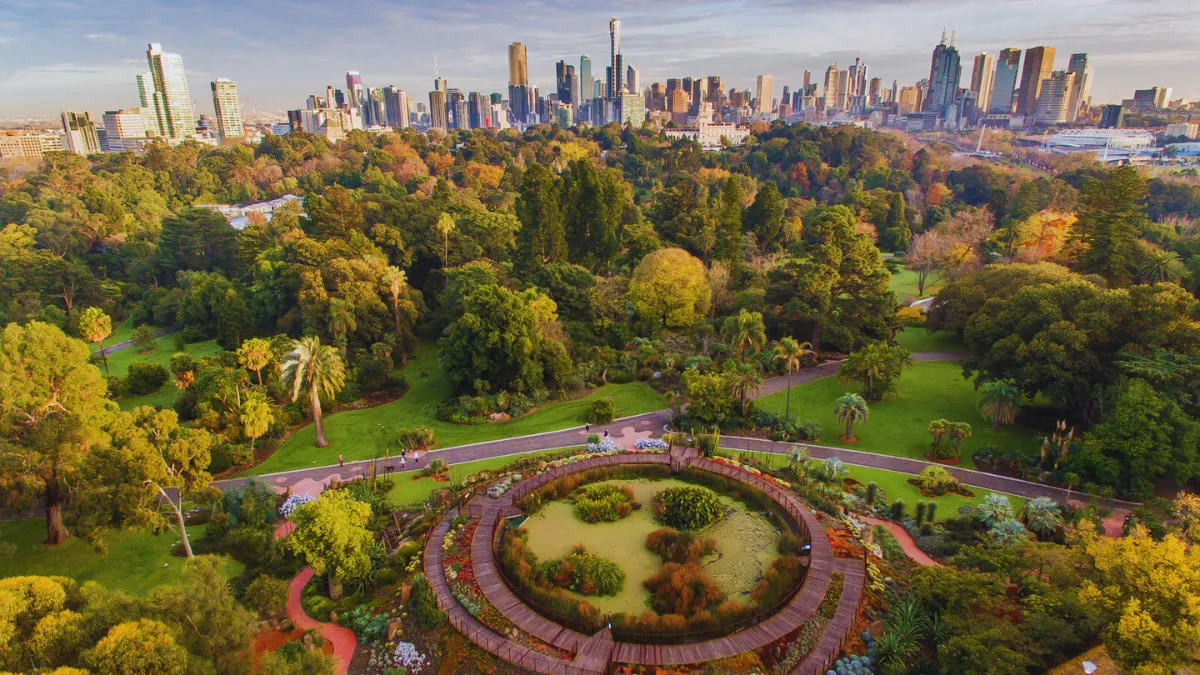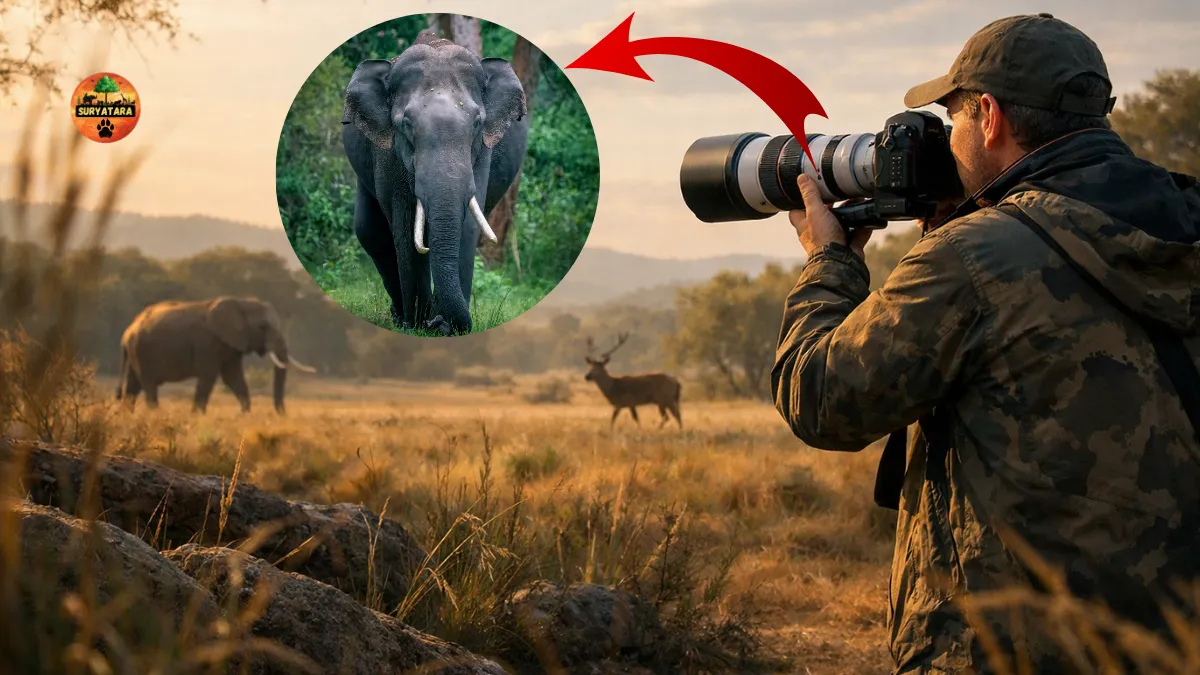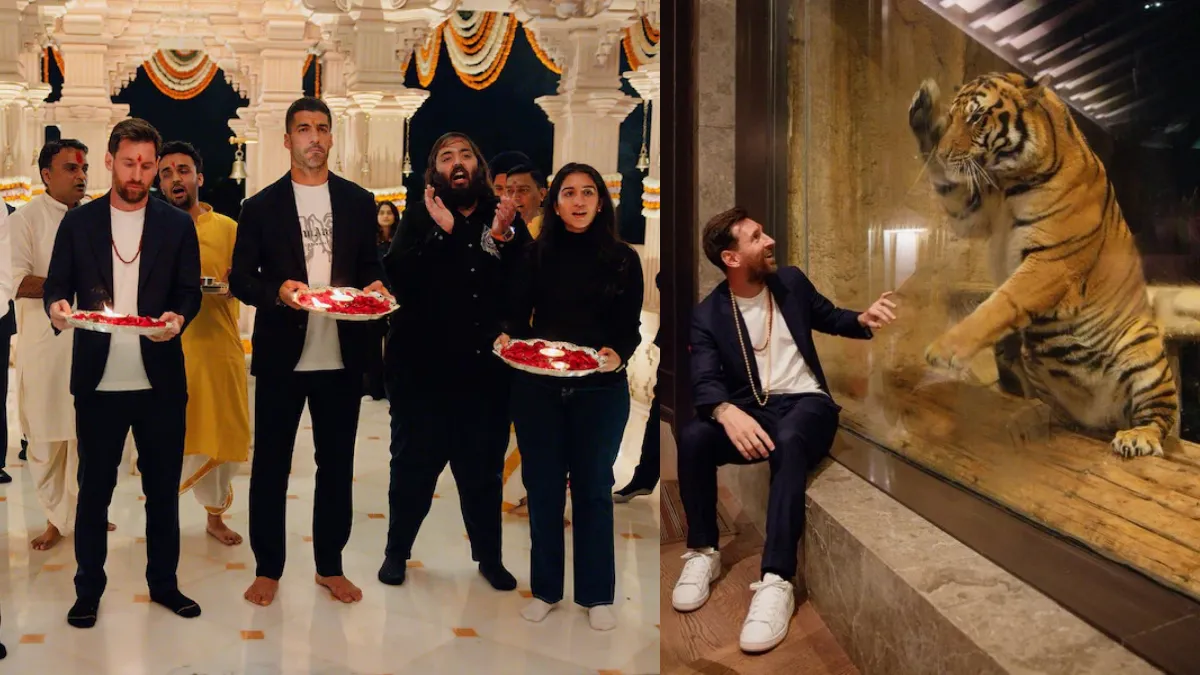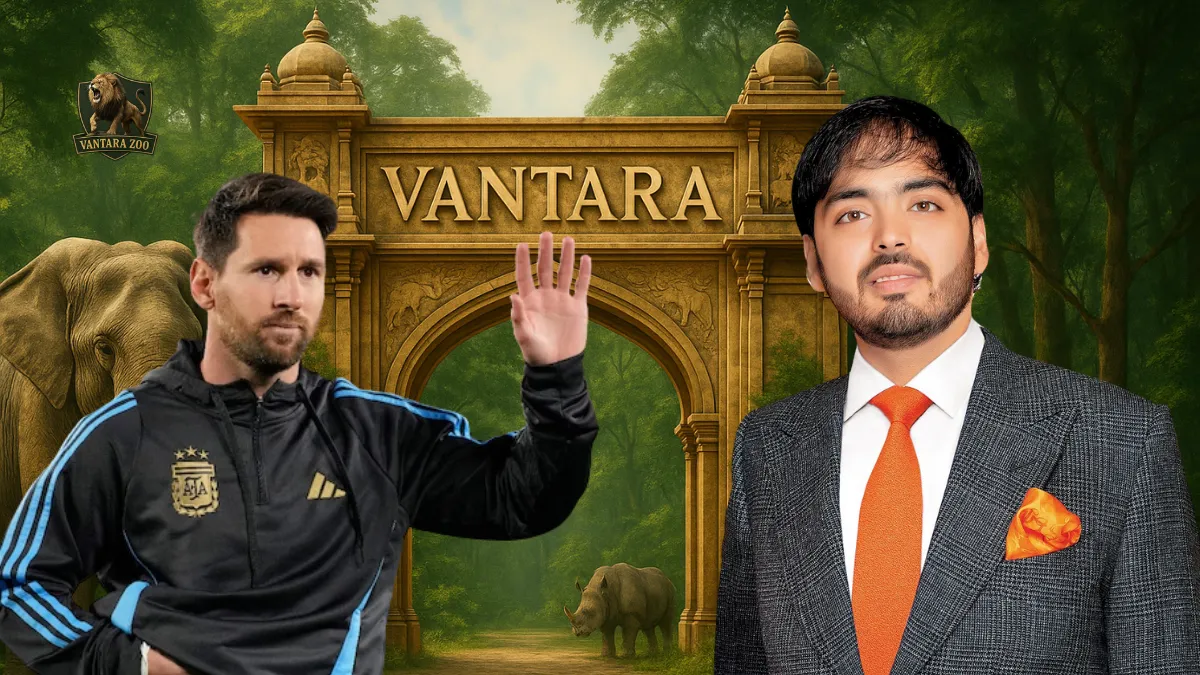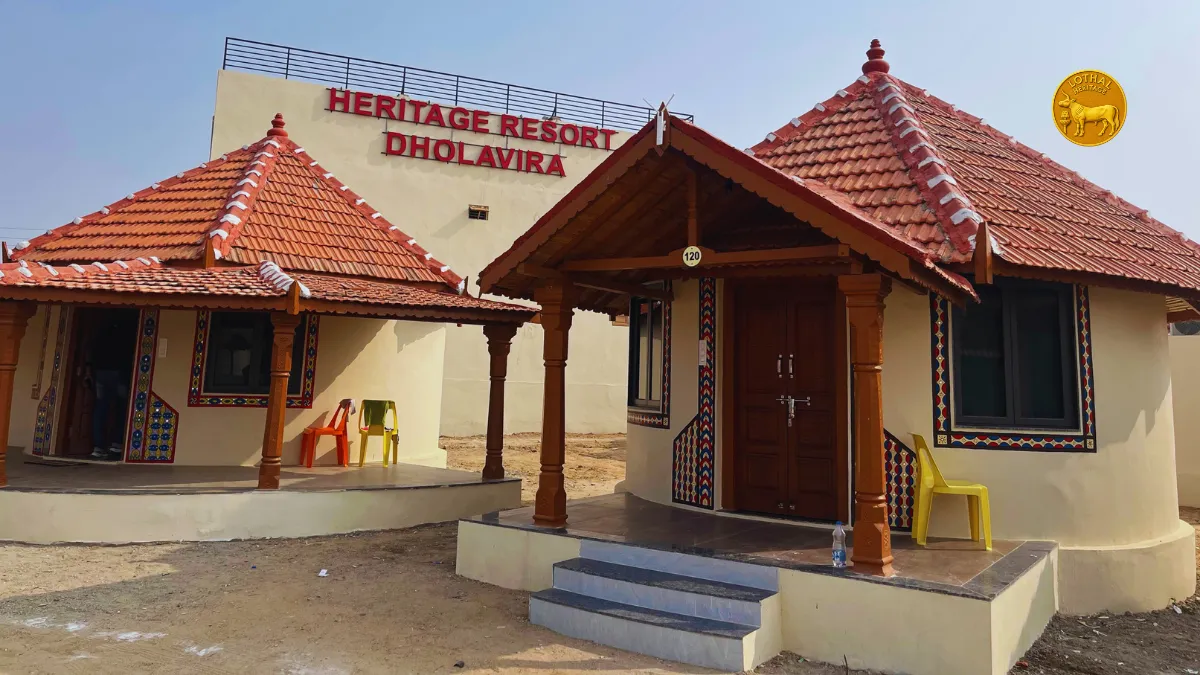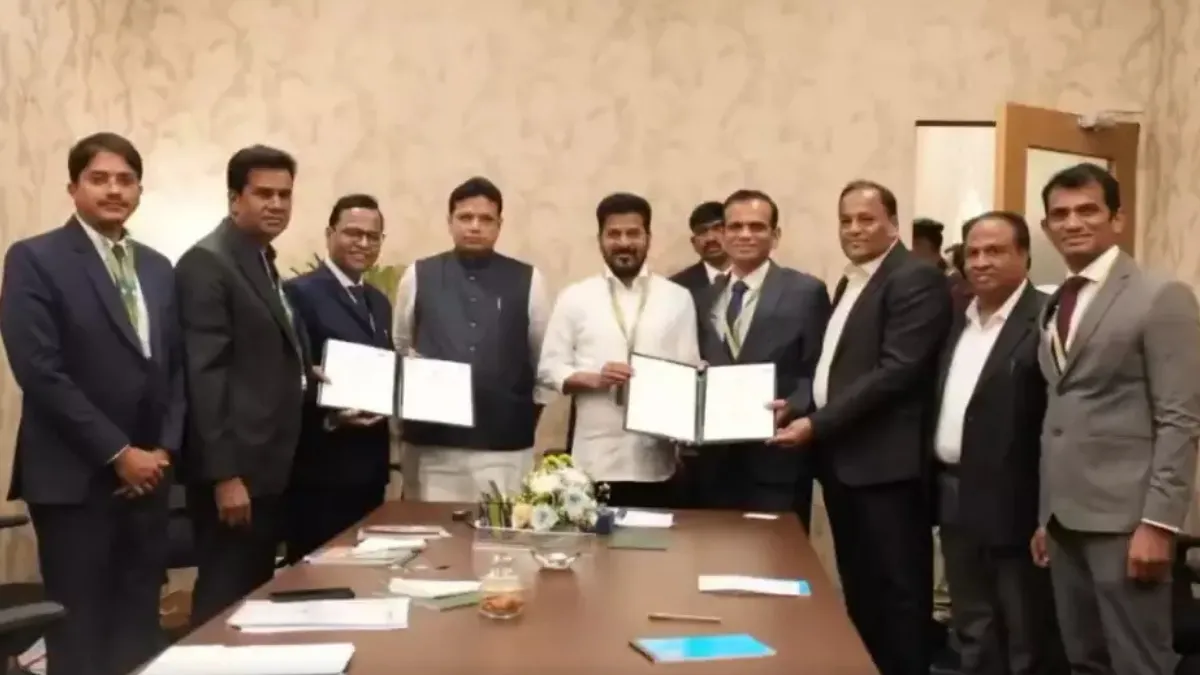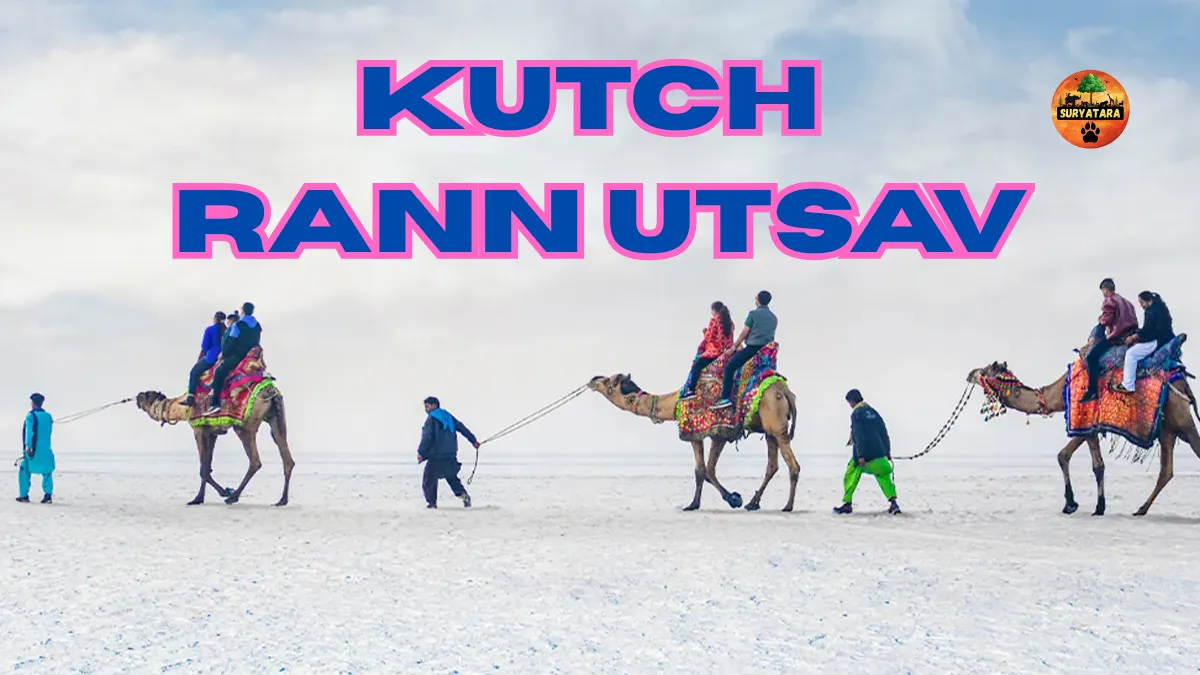The Indian Museum in Kolkata is the oldest and largest museum in India, offering an extraordinary glimpse into the country’s rich historical, cultural, and natural heritage. Established in 1814, it stands not only as a testament to India’s antiquity but also as a significant center for education, archaeology, and art. Whether you’re a history enthusiast, a student, a researcher, or a casual traveler, the Indian Museum offers a deep and rewarding experience.
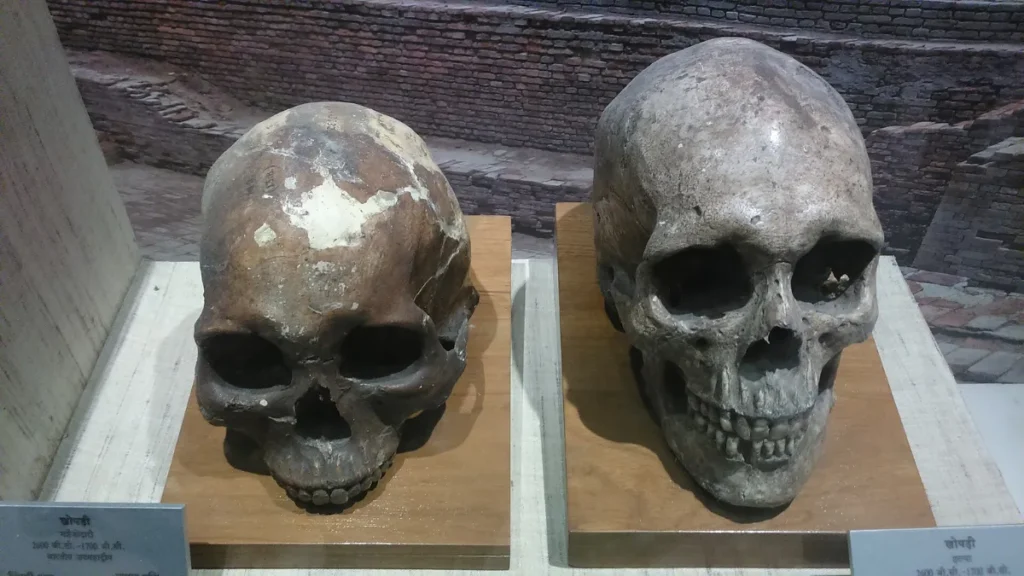
About the Indian Museum
Located in the heart of Kolkata, West Bengal, the Indian Museum is often referred to as the “Jadughar” (house of magic) by locals due to its vast and fascinating collection. The museum is home to over 100,000 artifacts spread across multiple galleries, covering art, archaeology, anthropology, geology, zoology, and botany.
Founded by the Asiatic Society of Bengal, the museum is not just a treasure house of ancient items but also a vital educational hub visited by scholars from all over the world.
Key Highlights of the Indian Museum
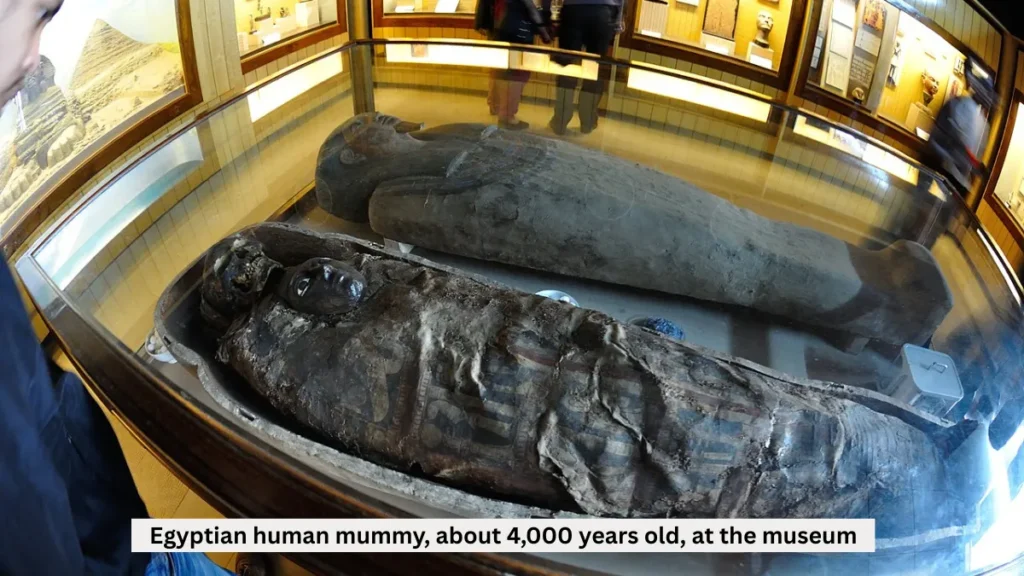
- It houses the Egyptian mummy, one of the rarest artifacts in Asia.
- The Bharhut Gallery displays exquisite Buddhist relics from 2nd century BCE.
- The museum is home to one of the largest fossil collections in India.
- It has artifacts from the Indus Valley Civilization, Maurya, Gupta, and Mughal periods.
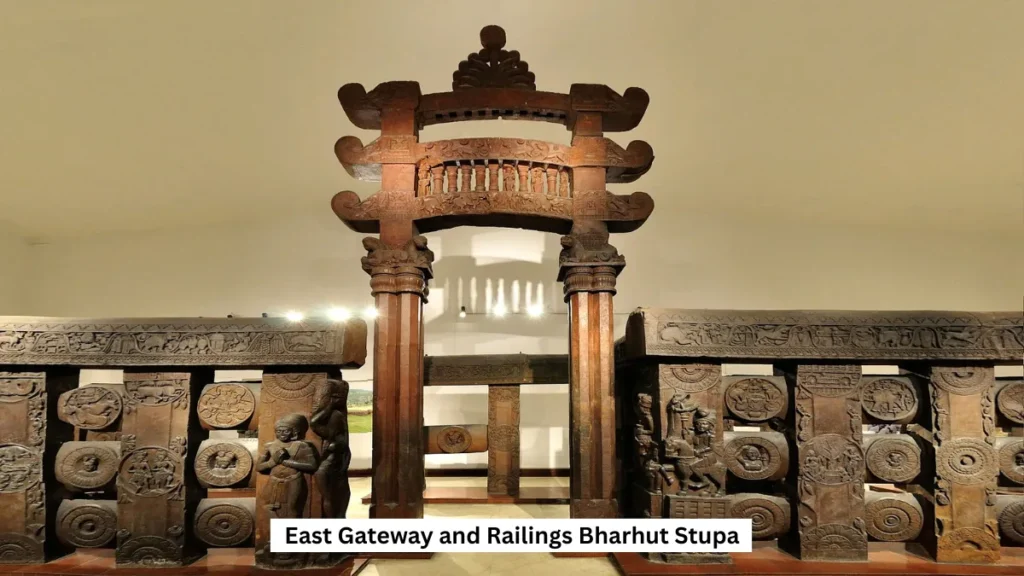
Why Visit the Indian Museum?
Visiting the Indian Museum is like walking through thousands of years of human evolution, art, and science. It provides not only entertainment and awe but also deep educational value. The museum’s architecture, a colonial-era marvel in itself, adds to the overall historic experience.
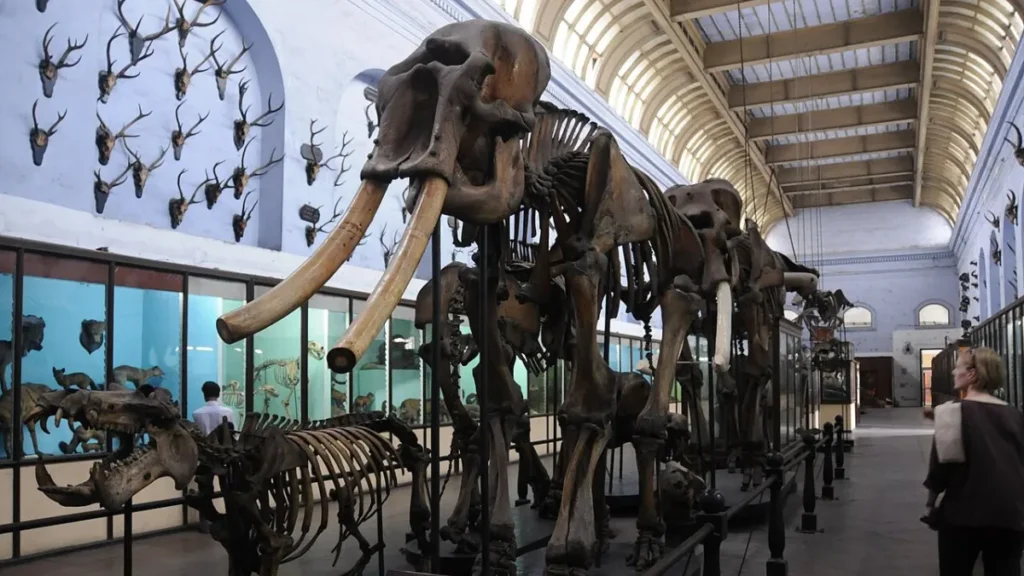
Museum Sections and Collections
1. Archaeology
Includes prehistoric tools, inscriptions, and sculptures from ancient India, including Ashokan edicts and Gandhara art.
2. Art
Features a rich gallery of Mughal paintings, miniature artworks, textiles, and decorative arts from across India and neighboring regions.
3. Anthropology
Showcases tribal artifacts, musical instruments, masks, and tools used by various Indian tribes.
4. Geology and Zoology
From meteorites and crystals to preserved animal specimens, these sections are particularly popular with students and researchers.
5. Botany
The botanical section presents plant fossils and specimens vital to understanding India’s natural history.
Indian Museum Visitor Information
Here’s a quick look at the essential details every visitor should know:
| Feature | Details |
|---|---|
| Location | 27 Jawaharlal Nehru Road, Kolkata, West Bengal |
| Established | 1814 |
| Founder | Asiatic Society of Bengal |
| Opening Hours | 10:00 AM – 5:00 PM (Closed on Mondays & Holidays) |
| Entry Fee (Indians) | ₹50 for adults, ₹20 for students |
| Entry Fee (Foreigners) | ₹500 for adults |
| Photography | Allowed with extra charges |
| Nearest Metro Station | Park Street (Walking distance) |
Also read: Nal Sarovar Bird Sanctuary: A Paradise for Birdwatchers and Nature Lovers
Subheading with Keyword: Explore the Legacy of the Indian Museum
The Indian Museum is more than just a collection of old artifacts—it is a dynamic space where history comes alive. The institution regularly organizes seminars, educational programs, and cultural events to engage the public and inspire curiosity. It plays a vital role in conserving the cultural identity of India and presenting it to the world in an authentic, scholarly manner.
Also read: Girnar Wildlife Sanctuary: A Hidden Gem of Gujarat’s Ecological Heritage
Expert Tips for Visitors
- Plan at least 3–4 hours to explore the museum properly.
- Download the official Indian Museum guide app or rent an audio guide at the entrance.
- Visit during weekdays for a quieter and more immersive experience.
- Don’t miss the Egyptian Gallery, a visitor favorite featuring a real mummy and ancient Egyptian artifacts.
Conclusion
The Indian Museum is a crown jewel among India’s cultural institutions. With its unparalleled collection, historical significance, and educational value, it offers something for everyone. Whether you’re interested in ancient civilizations, art, or science, a visit to the Indian Museum will leave you enriched and inspired. Make sure to include it in your itinerary the next time you are in Kolkata—it’s truly a journey through time you won’t forget.
